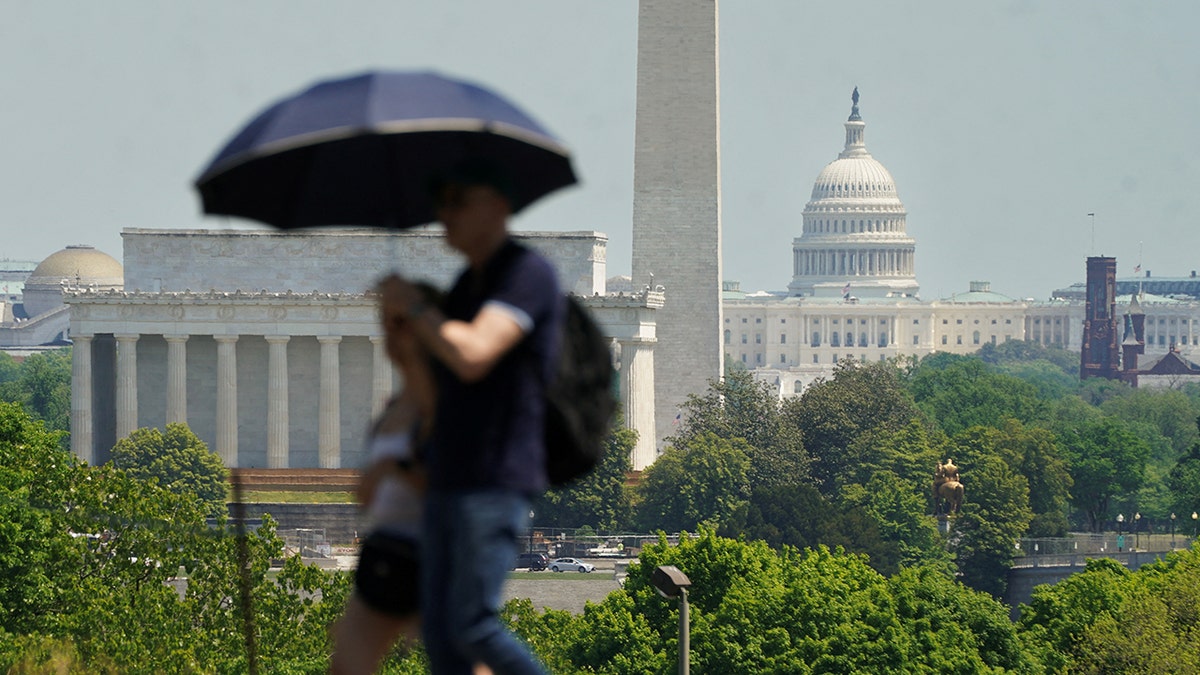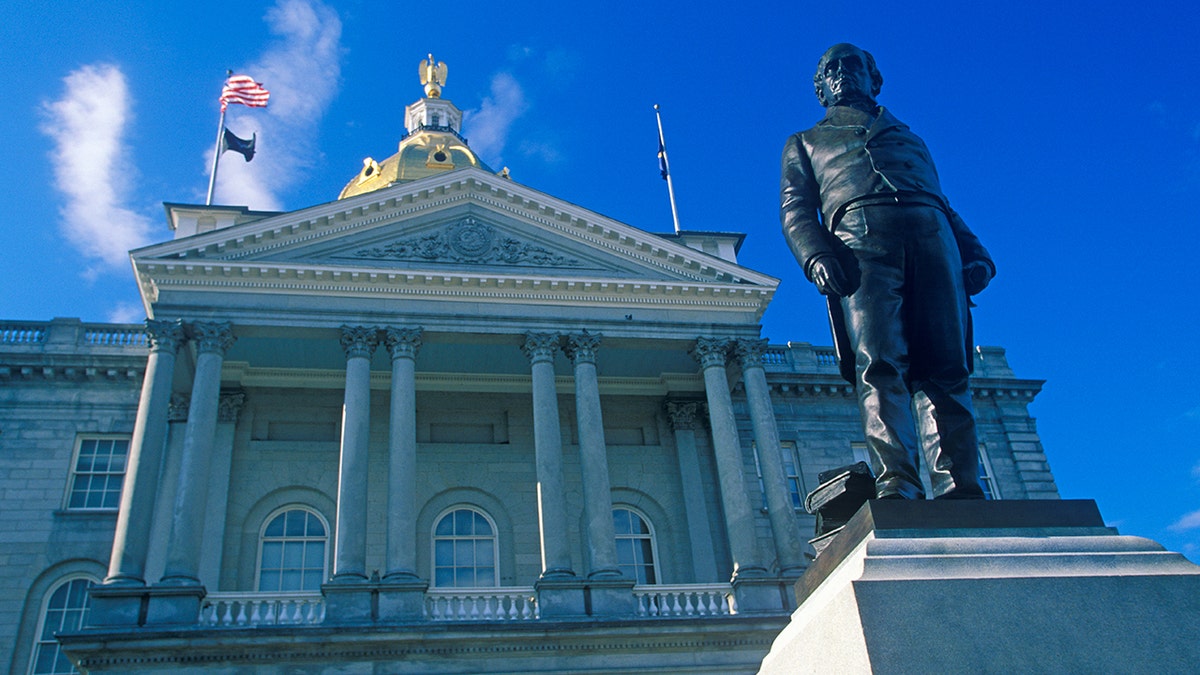Big government, big problems: Public corruption highest in places with large bureaucracies, report says
NEWYou can now listen to Fox News articles!
A new think tank analysis finds that public corruption is a significant problem in the U.S., and is most prevalent in state and local governments that have larger bureaucracies and higher regulations.
The libertarian Cato Institute said it analyzed Department of Justice data on public corruption convictions in the nation’s 94 federal judicial districts and measured the annual average number of convictions per 100,000 population over the 2004–2023 period.
“The data show that some of the most corrupt places by this measure match their reputations,” the authors of the Cato analysis wrote.
Washington, D.C., topped the rankings with 469 total convictions during the nearly 20-year period and an annual conviction rate of 3.49, according to Cato’s report.
DEMOCRAT DA IN HOT SEAT AFTER RETAIL THEFT SURGES IN MAJOR AMERICAN CITIES

“It has a huge number of legislative and executive branch federal employees, and there are many opportunities for graft,” the report says.
Louisiana’s eastern district, which includes New Orleans, ranks at number four on Cato’s list with 430 total convictions during this period and an annual conviction rate of 1.29.
“New Orleans has long been infamous for state and local corruption,” the report says.

TARIFF CASE PITS CATO INSTITUTE AGAINST TRUMP OVER ‘UNLIMITED’ EXECUTIVE POWER UNDER EMERGENCY LAW
The Cato analysis found that New Hampshire had the lowest public corruption by this metric, with 13 convictions over the period and an annual conviction rate of .05. Cato called it “the freest state in the nation with one of the smallest governments.”

Cato said it appeared that “larger governments with more spending and regulations create more opportunities for bribery and embezzlement.”
CLICK HERE TO GET THE FOX NEWS APP
The think tank, however, noted that some academic studies have suggested other reasons for corruption differences between states and cities, including varying cultures, education levels, and poverty rates.
